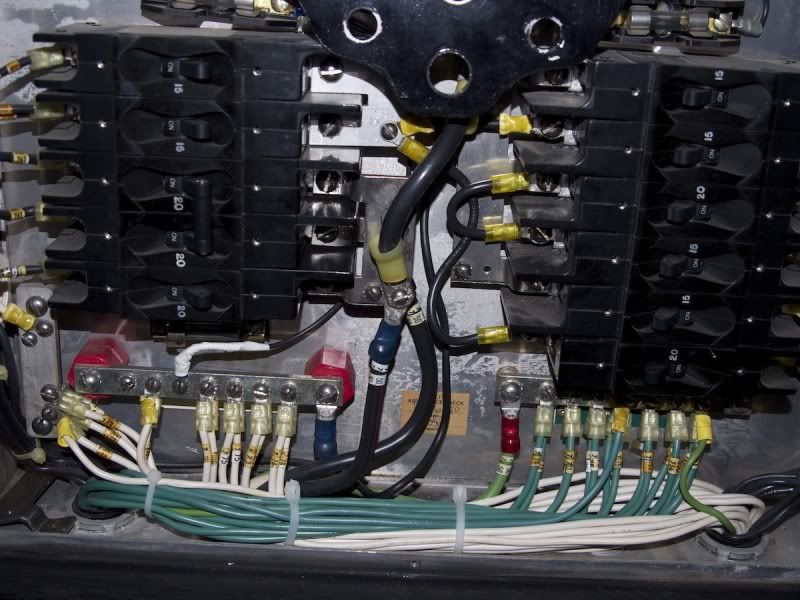OBXTucker
Legendary Member
- Joined
- Aug 2, 2009
- Messages
- 1,052
- Status
- OWNER - I own a Hatteras Yacht
- Hatteras Model
- 58' LRC (1975 - 1981)
There are a zillion Outback Charger/Inverter threads here, but this one is relatively simple:
I've gone ahead and bit the bullet. Order 2 Outbacks today, along with the Communication Hub and Mate.
These will power three 32V banks (2 of which are starting and 1 is house). The starting banks are set up to parallel, which is typical, and will charge off of one Outback. The other will power the house bank.
I don't plan to change out this configuration, so all I'll be doing is pulling my 2 old Sentry's and installing these new units. I'll also run the Mate up to the pilot house.
QUESTION: Is this a reasonably easy/straight forward install (other than the sometimes confusing programming) that I can do myself? I'm pretty adept at electronics and have all of the tools aboard to handle everything except crimping the large cables. For those of you whom have done this yourselves, how would you rate this on a scale of 1 - 10?
For those of you whom had it professionally installed, can you let me know what you paid?
Trying to weigh the DIY vs. time saved having the pros do it.
Thanks!
I've gone ahead and bit the bullet. Order 2 Outbacks today, along with the Communication Hub and Mate.
These will power three 32V banks (2 of which are starting and 1 is house). The starting banks are set up to parallel, which is typical, and will charge off of one Outback. The other will power the house bank.
I don't plan to change out this configuration, so all I'll be doing is pulling my 2 old Sentry's and installing these new units. I'll also run the Mate up to the pilot house.
QUESTION: Is this a reasonably easy/straight forward install (other than the sometimes confusing programming) that I can do myself? I'm pretty adept at electronics and have all of the tools aboard to handle everything except crimping the large cables. For those of you whom have done this yourselves, how would you rate this on a scale of 1 - 10?
For those of you whom had it professionally installed, can you let me know what you paid?
Trying to weigh the DIY vs. time saved having the pros do it.
Thanks!


